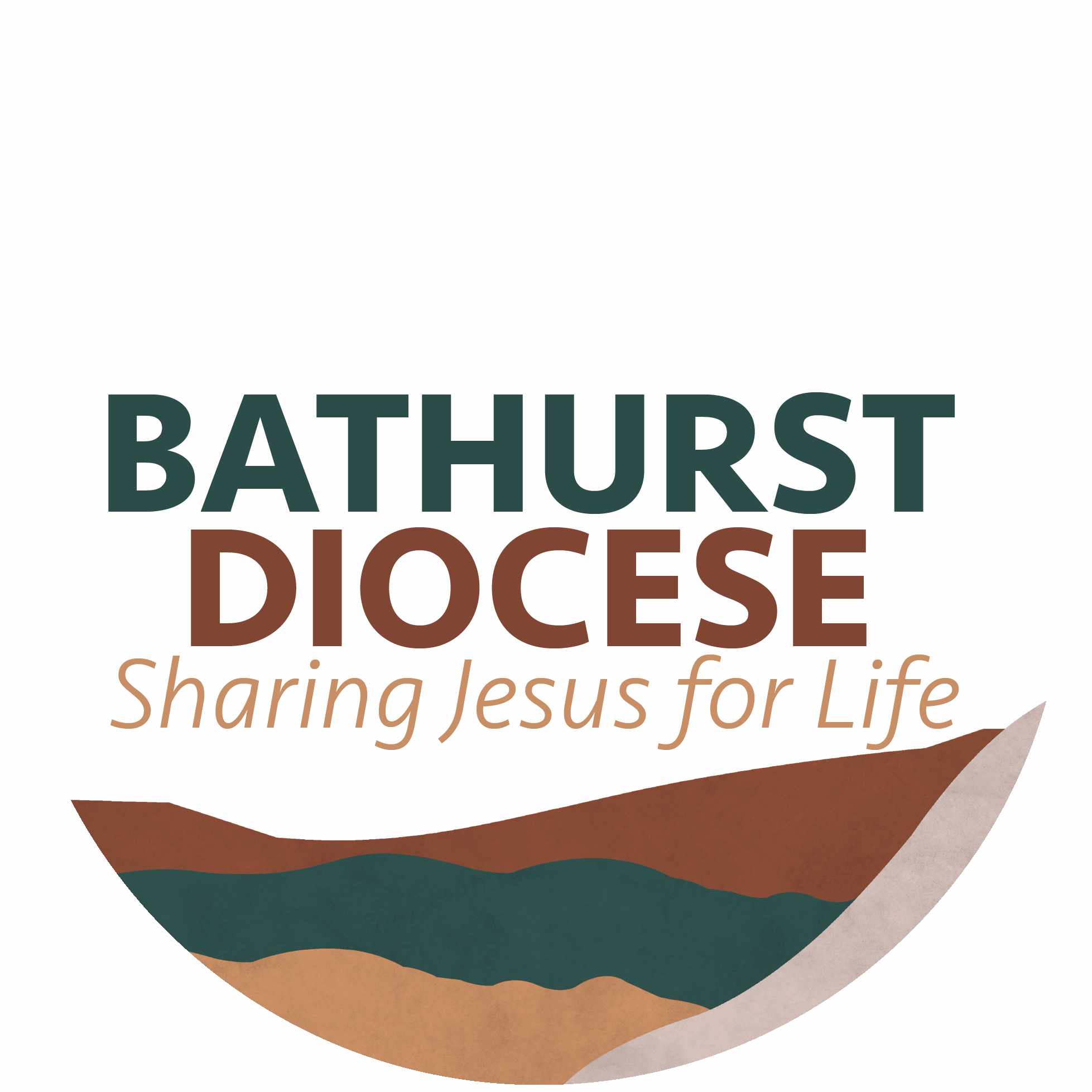ABOUT US
Information on our Diocese and parishesLocation
The Diocesan region
The Anglican Church in Central & Western NSW covers about a third of NSW, stretching from the Blue Mountains to the Queensland border. The regional church office is in Bathurst, assisting the region’s 28 Parishes.
The Anglican Church is territorially organised, with the diocese usually being the basic unit of our administration. There are seven dioceses in NSW and 23 in Australia. The Diocese of Bathurst was formed in 1870. It covers the region bordered by: Oberon, Cowra and West Wyalong in the south, west to Cobar and Bourke across the north-west to Coonamble and Coonabarabran, and in the east by Coolah, Mudgee and Rylstone.
Acknowledgement of Country
‘The Anglican Church in Central & Western NSW acknowledges the traditional custodians of the land on which it meets and pays respects to elders of the Wiradjuri, Wongaibon, Wailwan, Barranbinya, Kamilaroi, Gunu, Barundji and Muruwari people past and present.’
Administration
The diocese is governed by a balance of powers between the Bishop and a governing council known as the Diocesan Synod.
The Synod of the Diocese of Bathurst currently has around 125 members including the Bishop as President, the Bishop’s Chancellor, the Bishop’s Registrar, all clergy who have been given charge of a parish, and two elected representatives from each parish. The Bishop may add to this list any other clergy working in the diocese; up to three youth representatives; and up to ten additional lay people.
The Synod has authority to make laws to govern the church within the diocese, but these laws only come into effect with the consent of the Bishop. Synod normally meets once a year, and between these meetings it delegates its authority to a diocesan executive known as Bishop-in-Council.
The Bishop’s Registrar
The term “Bishop’s Registrar”, is a traditional title referring to the officer who registers the Acts of the Bishop and attends to related matters. The Registrar is responsible for the organisation of meetings of the Synod. The Bishop’s Registrar is appointed by and is responsible directly to the Bishop. The Registrar is a member of the Synod and of Bishop-in-Council ex officio.
Other Staff
All correspondence in conjunction with matters of finance or administration should be addressed to the Bishop’s Registrar and all telephone inquiries should in the first instance be directed to Louise Hickey. As well as attending to Diocesan matters, the Bishop’s Registry is available for consultation and advice to officers of parishes and Diocesan organisations.
The Registry
Bishop’s Registry Office
11 Church Street, Bathurst 2795
PO Box 23, Bathurst 2795
Office: (02) 6331 1722
The Bishop
The Right Reverend Mark Calder
Office: (02) 6331 1722
Bishop’s Registrar
Dr Warwick Baines
Office (02) 6331 1722
Mobile: 0439 550 051
Email: warwick@bathurstanglican.org.au
Administration Office
Mrs Louise Hickey
Office: (02) 6331 1722
Email: louise@bathurstanglican.org.au
Dean of the Cathedral
The Very Reverend James Hodson
PO Box 258, Bathurst 2795
Office: (02) 6331 4711
Email: cathedral@bathurstanglican.org.au
Archdeaconries
The Diocese is divided into three Archdeaconries.
Eastern Archdeaconry: Oberon, Kelso, Bathurst Cathedral, Blayney, Cudgegong Valley, Coolah-Dunedoo
Western Archdeaconry: Grenfell, Cowra, Canowindra, Cudal-Molong, Orange, Orange East, Cumnock, Parkes-Peak Hill, Forbes, Condobolin, West Wyalong, Trundle
North West Archdeaconry: Bourke-Brewarrina, Cobar, Coonamble, Nyngan, Warren, Gilgandra, Coonabarabran, Dubbo, Narromine, Wellington
The Archdeacons are:
Eastern Archdeaconry: The Venerable Tim St Quintin
Western Archdeaconry: The Venerable Jono Williams
North West Archdeaconry: The Venerable Andrew Thornhill
A little on our history
The first record of any movement towards organised Church-life west of the Blue Mountains dates from the visit of the Reverend Samuel Marsden, Senior Chaplain of the Colony, in 1822. In 1825 that the Rev. John Espy Keane, MA, was stationed at Bathurst. His parish extended from “Mount York, without limitation westward”, a daunting task for a young man. It was not until 1834 that the construction of Holy Trinity Kelso, the first church building west of the mountains, began. The discovery of gold rapidly transformed Bathurst and its district into a busy mining region, with a growing population and economy.
